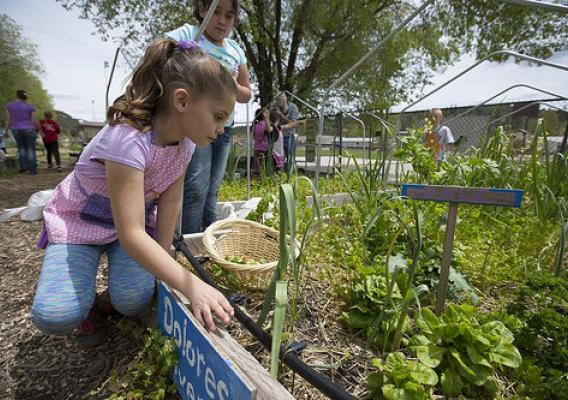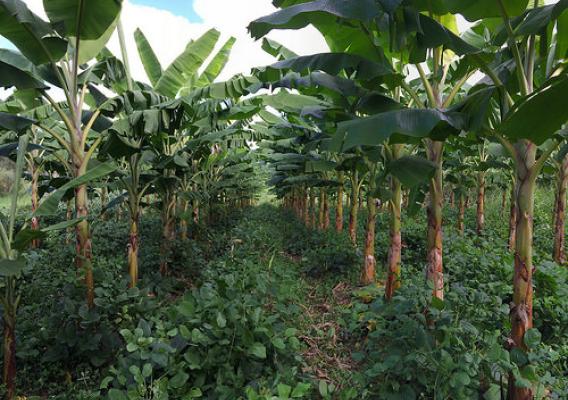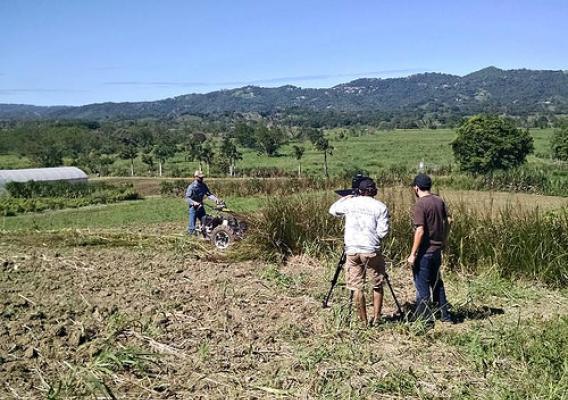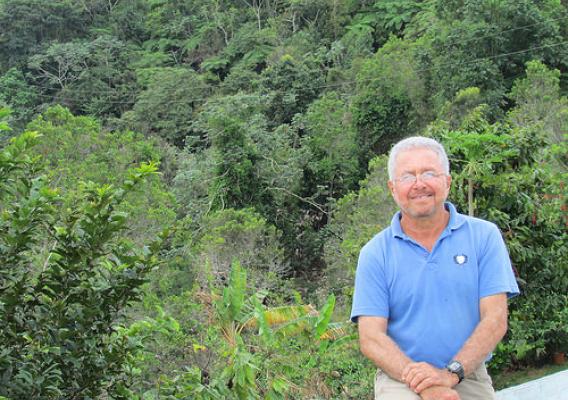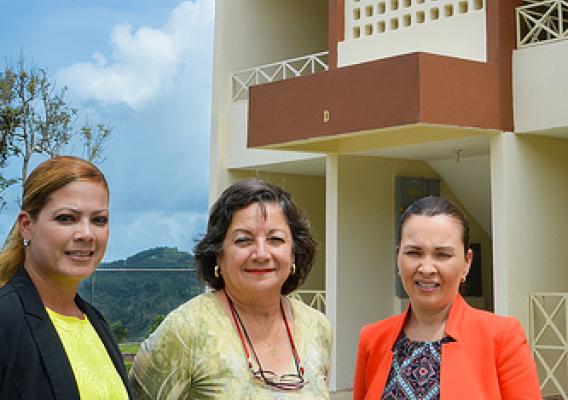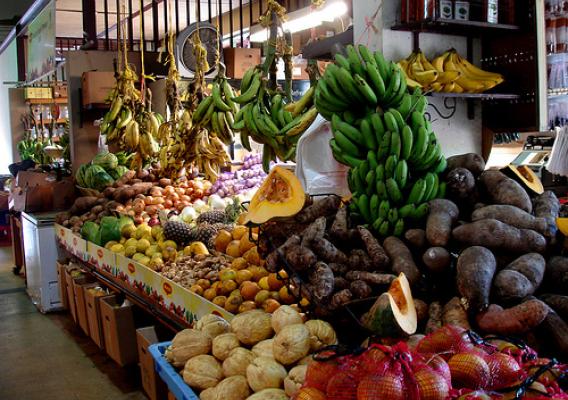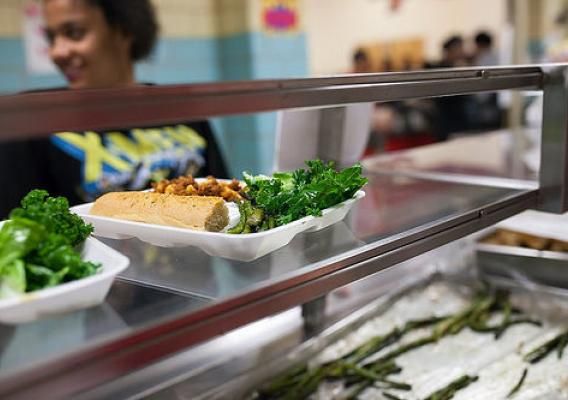All this month we will be taking a look at what a changing climate means to Agriculture. The ten regional USDA Climate Hubs were established to synthesize and translate climate science and research into easily understood products and tools that land managers can use to make climate-informed decisions. The Hubs work at the regional level with an extensive network of trusted USDA agency partners, technical service providers, University collaborators, and private sector advisers to ensure they have the information they need to respond to producers that are dealing with the effects of a variable climate. USDA’s Climate Hubs are part of our broad commitment to developing the next generation of climate solutions, so that our agricultural leaders have the modern technologies and tools they need to adapt and succeed in the face of a changing climate.
The effects of climate change are putting farmers throughout the Latin American Caribbean to the test. From Guatemala to Puerto Rico, rising global temperatures and powerful El Niño oscillations have contributed to patterns of drought and intense rainfall, resulting in crop losses.
In response to these and future crises, the USDA Caribbean Climate Hub in Puerto Rico is helping build more resilient food systems by educating about climate change risks and adaptation and mitigation strategies. Established in 2014, the Caribbean Hub was as a part of a nationwide U.S. network designed to help farmers and managers of working lands adapt to increasing climate risk by translating climate science into workable decision support tools and information for farmers and land managers.

